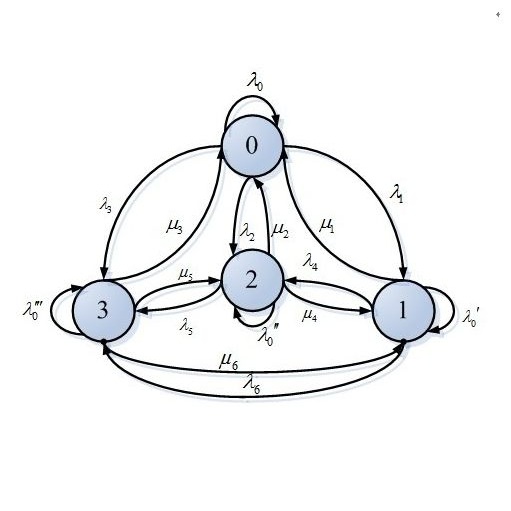Infectious diseases on farms pose both public and animal health risks, so understanding how they spread between farms is crucial for developing disease control strategies to prevent future outbreaks. We develop novel Bayesian nonparametric methodology to fit spatial stochastic transmission models in which the infection rate between any two farms is a function that depends on the distance between them, but without assuming a specified parametric form. Making nonparametric inference in this context is challenging since the likelihood function of the observed data is intractable because the underlying transmission process is unobserved. We adopt a fully Bayesian approach by assigning a transformed Gaussian Process prior distribution to the infection rate function, and then develop an efficient data augmentation Markov Chain Monte Carlo algorithm to perform Bayesian inference. We use the posterior predictive distribution to simulate the effect of different disease control methods and their economic impact. We analyse a large outbreak of Avian Influenza in the Netherlands and infer the between-farm infection rate, as well as the unknown infection status of farms which were pre-emptively culled. We use our results to analyse ring-culling strategies, and conclude that although effective, ring-culling has limited impact in high density areas.
翻译:农场传染性疾病对公众和动物健康都构成风险,因此了解农场之间的传播方式对于制定疾病控制战略以防止今后爆发疾病爆发至关重要。我们开发了新颖的巴伊西亚非参数性非参数方法,以适应空间随机传播模式,即两个农场之间的感染率取决于它们之间的距离,但并不采取特定的参数形式。在这方面作出非参数性推断具有挑战性,因为观测到的数据的概率功能难以避免,因为基本传播过程没有观测到。我们采取了完全的巴伊西亚办法,在传染率功能的传播前指定一个经过改造的高斯进程,然后开发一个高效的数据增强马可夫链蒙特卡洛算法,以进行巴伊斯推断。我们使用后方预测性分布来模拟不同疾病控制方法的影响及其经济影响。我们分析了荷兰禽流感的大规模爆发,并推断了农场之间的感染率,以及先发制人之前的农场的未知感染状况。我们利用我们的成果分析环形放大策略,并得出结论,尽管密度高,但其影响有限。




